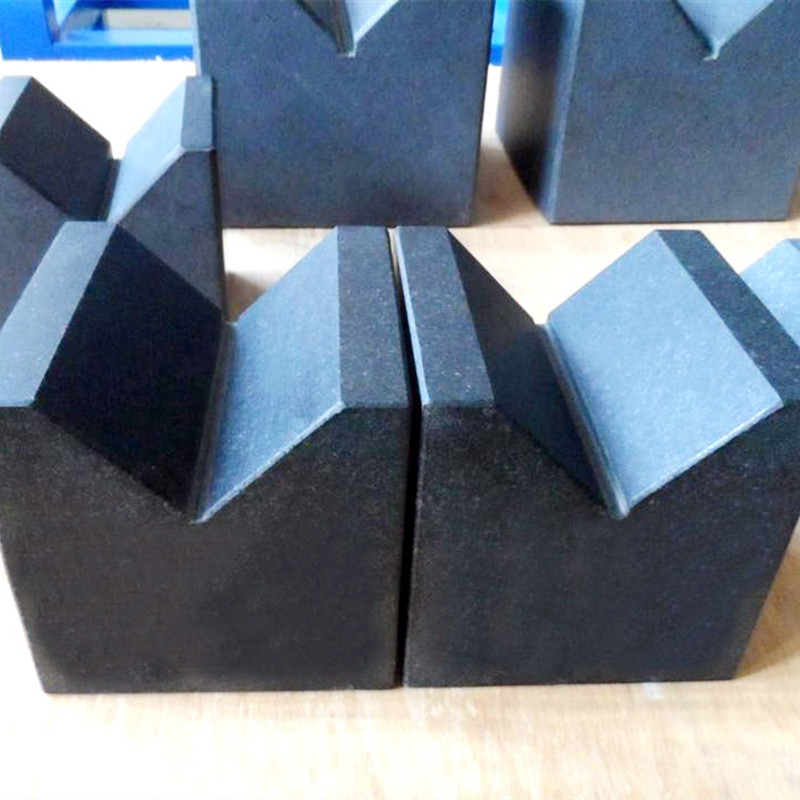Nov . 27, 2024 17:09 Back to list
75mm Gate Valve Features and Applications in Industrial Settings
Understanding the 75mm Gate Valve A Critical Component in Fluid Control
In the complex world of fluid dynamics, the gate valve serves as an essential component in a variety of applications. Among the various sizes and types of gate valves, the 75mm gate valve stands out due to its versatility and effectiveness. This article will delve into the design, function, advantages, and applications of a 75mm gate valve, shedding light on why it is a preferred choice in many industrial settings.
What is a Gate Valve?
A gate valve is a type of valve that opens or closes by raising or lowering a gate within the valve body. Designed primarily for on-off control, gate valves are not meant for throttling applications. When fully opened, a gate valve provides minimal resistance to fluid flow, making it an efficient option for systems requiring a straight-line flow path.
The 75mm designation refers to the nominal diameter of the valve, indicating that it is intended for use in piping systems with a 75mm diameter. This size is commonly used in various industrial sectors, reflecting a balance between flow capacity and manageable size.
Design and Construction
The construction of a 75mm gate valve typically involves various materials, including brass, stainless steel, and cast iron, depending on the application and pressure requirements. The fundamental components include the body, bonnet, gate, and the actuator or handwheel for operation.
The design may also include features like a rising stem, which allows the operator to see the position of the valve while it is being used, or a non-rising stem, which is more compact and suitable for situations with limited vertical space. The choice of design significantly affects the valve's performance, maintenance requirements, and overall longevity.
Functionality and Operation
The primary function of a 75mm gate valve is to facilitate the on/off flow of liquids or gases within a piping system. It operates on a simple mechanism when the handwheel (or actuator) is turned, the gate moves upward to allow fluid to flow through the valve. Conversely, when the gate is lowered, the flow is completely stopped.
gate valve 75mm

Due to its design, a gate valve can create a tight seal, preventing backflow and ensuring the integrity of the system. However, it is essential to operate the valve fully open or fully closed to avoid damaging the gate or causing wear and tear on the sealing surfaces.
Advantages of Using a 75mm Gate Valve
One of the most significant advantages of a 75mm gate valve is its low-pressure drop when fully open, making it ideal for systems where pressure loss must be minimized. Additionally, the gate valve’s design allows for relatively straightforward maintenance and repair.
Another benefit is its versatility; a 75mm gate valve can be utilized in various applications, from water supply systems to oil and gas pipelines. The ability to handle different media, including corrosive substances, further enhances its appeal.
Applications in Various Industries
The 75mm gate valve is utilized across a diverse range of industries. In water distribution systems, it helps manage the flow and ensure a steady supply to residential and commercial buildings. In the oil and gas sector, it plays a crucial role in regulating the flow of crude oil, natural gas, and refined products through pipelines.
Moreover, in wastewater treatment facilities, 75mm gate valves are employed to control the flow of liquids, contributing to efficient processing and waste management. Their use is also prevalent in HVAC systems, enhancing temperature regulation by effectively controlling fluid movement.
Conclusion
The 75mm gate valve is a vital component in fluid control systems across multiple industries. Its simple yet effective mechanism, coupled with its ability to provide a tight seal and minimal pressure drop when fully opened, makes it an optimal choice for managing fluid flow. As industries continue to evolve, the importance of such reliable valves cannot be overstated. Understanding their design, operation, and applications remains essential for anyone involved in maintenance, engineering, or project management within fluid control sectors.
-
Precision Manufacturing with Advanced Spline Gauge DesignNewsJul.31,2025
-
Industrial-Grade Calibrated Pin Gauges for Exact MeasurementsNewsJul.31,2025
-
Industrial Filtration Systems Depend on Quality Filter DN50 SolutionsNewsJul.31,2025
-
High-Performance Gate Valve WholesaleNewsJul.31,2025
-
Granite Surface Plate The Ultimate Solution for Precision MeasurementNewsJul.31,2025
-
Granite Industrial Tools The Ultimate Guide for Bulk BuyersNewsJul.31,2025
Related PRODUCTS









